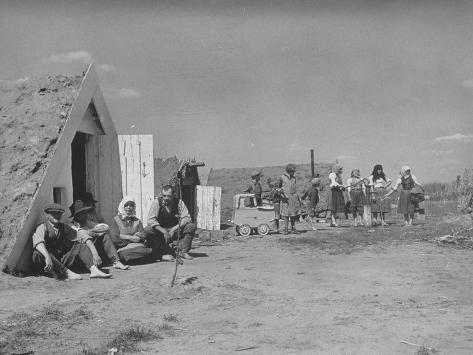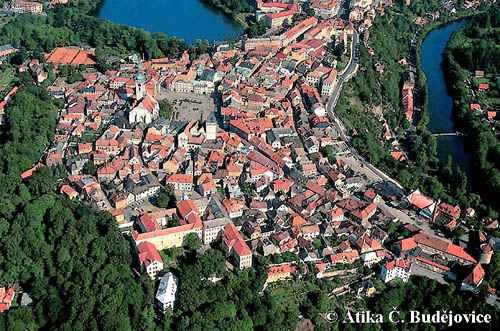Seán wrote:The Third Movement – Šárka (leader of Bohem. Amazons)
This is the shortest of the six tone poems. It has five clearly defined sections and begins with a fierce, even hysterical violin melody depicting the violent and passionate Šárka. The remaining sections are a march portraying the arrival of Ctirad and his men (to this listener he seems to be a pompous git), Citrad freeing Šárka from the tree and, in a passionate episode, falling in love with her, the drinking party (signalled by a heavy-footed dance) at which the men fall into a stupor (snoring bassoons) and finally the climax, which Smetana with good reason marks frenetico. This is wonderful music.
There is wonderful musical scene setting in this Tone Poem. The two different aspects of Sarka’s personality are very well portrayed in the initial section; she must have been one fierce woman! I can see where you are coming from Seán in relation to Citrad’s pomposity. I think this aspect comes across better in the Talich version and one is vaguely reminded of Strauss’ Don Quixote and the images that sometimes portrayed! I really like the tenderness of the “falling in love” scene and it feels quite operatic. The mood is very well changed for the drinking scene and those bassoons are quite comical but evocative; recall a similar scene and effect in the Four Seasons by Vivaldi. One would also be reminded of the merrymaking scene in Beethoven’s Symphony No. 6. This Tone Poem really does end with a bang too; rousing stuff indeed!





